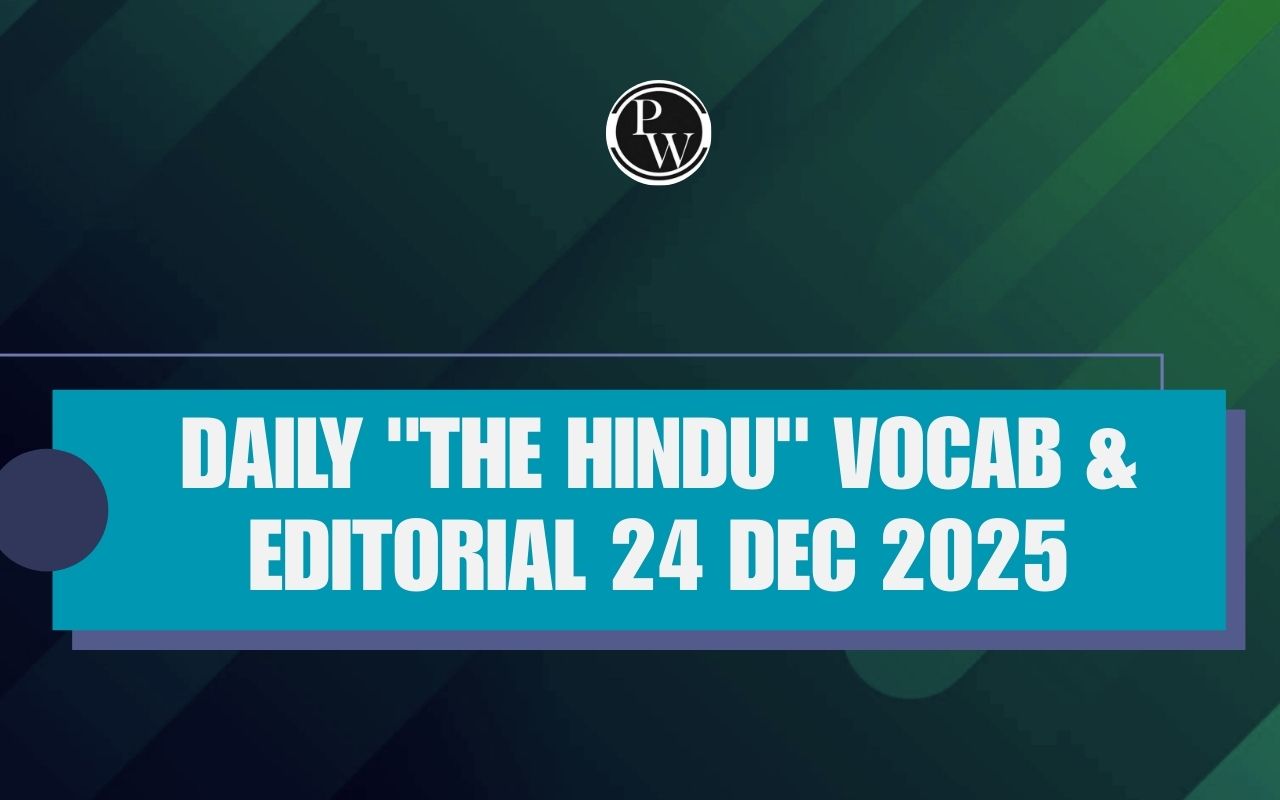
Post-Mauryan Period
The Post-Mauryan Period refers to the era in ancient Indian history following the decline of the Maurya Empire, spanning approximately from 200 BCE to 300 CE. This period witnessed significant political, social, and cultural developments as various dynasties rose to power and India experienced both continuity and change.Decline of the Maurya Empire
The Maurya Empire, established by Chandragupta Maurya and expanded by his grandson Ashoka, began to decline after Ashoka's death. Factors contributing to its decline include weak successors, administrative challenges, external invasions, and economic factors such as excessive expenditure on military campaigns.Political Fragmentation and Regional Kingdoms
Emergence of Regional Powers: With the decline of central authority, the Indian subcontinent saw the rise of numerous regional kingdoms, each vying for power and control over their territories. These kingdoms often emerged from the provinces of the Maurya Empire or from indigenous tribal regions.
Notable Dynasties: Several prominent dynasties flourished during the Post-Mauryan Period, including the Shunga, Kushan, Satavahana, and Gupta dynasties. Each dynasty left its mark on Indian history through its political achievements, cultural patronage, and economic prosperity.
Shunga Dynasty (c. 185 BCE - 73 BCE)
Establishment and Capital: The Shunga dynasty, founded by Pushyamitra Shunga, emerged as the successor to the Maurya Empire. Its capital was initially at Pataliputra (modern-day Patna) before shifting to Vidisha.
Patronage of Brahmanism: The Shunga rulers were staunch supporters of Brahmanism and sought to revive Hindu traditions and rituals. They sponsored the construction of numerous Brahmanical temples and monuments.
Kushan Empire (c. 1st century CE - 3rd century CE)
Origin and Expansion: The Kushan Empire, of Central Asian origin, expanded into the Indian subcontinent during the Post-Mauryan Period. Its most famous ruler, Kanishka, extended the empire's borders and promoted cultural exchange.
Cultural Syncretism: The Kushans played a important role in facilitating trade and cultural exchange between India, Central Asia, and China. This period saw the flourishing of Gandhara art, characterized by the fusion of Hellenistic, Persian, and Indian artistic styles.
Satavahana Dynasty (c. 1st century BCE - 3rd century CE)
Southern Power: The Satavahana dynasty ruled over much of the Deccan region in southern India. Their capital was at Pratishthana (modern-day Paithan) and later at Amaravati.
Patronage of Buddhism: The Satavahanas were known for their patronage of Buddhism and the construction of Buddhist stupas and monasteries. They also supported Hinduism and Jainism, promoting religious tolerance.
Gupta Empire (c. 4th century CE - 6th century CE)
Golden Age: The Gupta Empire is often regarded as a golden age in Indian history, characterized by remarkable achievements in art, science, literature, and philosophy. Its rulers, such as Chandragupta I, Samudragupta, and Chandragupta II, contributed to the empire's prosperity and cultural richness.
Cultural Renaissance: The Gupta period witnessed a flourishing of Indian culture, with notable advancements in architecture, sculpture, literature, and mathematics. This era produced literary masterpieces like the Sanskrit epics Ramayana and Mahabharata and monumental architectural marvels like the caves of Ajanta and Ellora.
The Post-Mauryan Period in ancient India was a time of political fragmentation, cultural synthesis, and regional diversity. It saw the rise of various dynasties, each leaving its mark on Indian history through its political achievements, cultural patronage, and economic prosperity. To succeed in upcoming exams, candidates should consider exploring PW SSC Books We provide high-quality content at an affordable price, including sample papers, mock tests, guidance sessions, and more to ensure aspirants secure their selection. Also, enroll today on SSC Online Coaching to turn your dreams into reality.Post-Mauryan Period FAQs
1. What is the Post-Mauryan Period?
2. What were the main political changes during the Post-Mauryan Period?
3. How did art and architecture evolve during this period?
4. What were the major religious developments in the Post-Mauryan Period?










